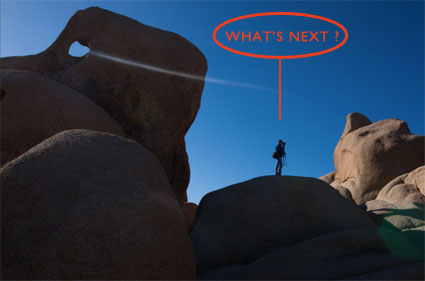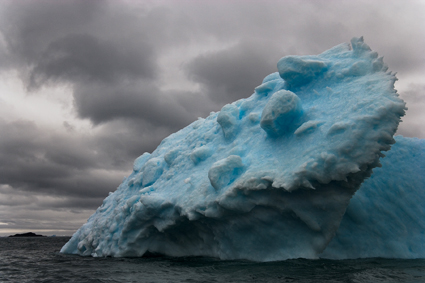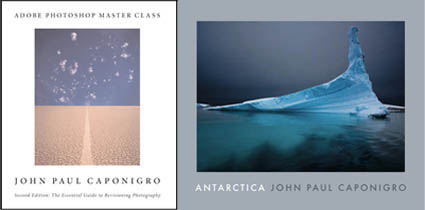Take Note of Your Process

It only takes something to write with to learn a lot about photography and yourself in a little time. It doesn’t matter whether you use pen and paper or PDA. It doesn’t matter whether you finish sentences, spell correctly, or write legibly. Just write. Don’t just talk, using audio recordings, unless you transcribe them later. You need to see relationships – in writing.
One of the assignments I often give my workshop participants on location is to note your process. “First I do this. Then I do this. Next I … etc.” Most don’t follow through. They quickly fall into old habits and return to photographing the way they usually do, without finishing the assignment, without learning. So, to finish the assignment, they have to fill in their lists after they photograph. Then they don’t piece things together in the same way. They miss some things. They forget other things. One of the benefits of noting your process is that things that you ordinarily take for granted or weren’t aware of suddenly become clearer to you.
I do the assignment with my students. (Yes, I do the exercises I assign too.) They’re always amazed at how full my pages of notes are and how many pages I create in a short time. This comes with practice. And it comes with sharing your notes with other people. When you hear each other’s lists, you’ll find other people notice things you don’t. Both the similarities and differences you share with others can be revealing.
I find I write the same things down time and time again. This has lead me to create a master process list, which I copy and modify (add to or subtract from) on location. There are always new things. Are there new things because I noticed more? Why? Are there new things because I’m in a new environment? Why? Are there new things because I decided to try something new? Why? These are important questions that can unlock a new ways of looking, thinking, and working, now and in the future. Keep asking them.
Because I write … I’m clearer about what works and what doesn’t. I’ve streamlined my systems. I have a better understanding of how and why I work. I have dozens of new ideas to try. This is a great thing to do when you first start making photographs after a break or in a new place.
There are many more benefits to noting your process. With practice you won’t need to take as many notes as you do when you first try this, you’ll simply keep a running dialog in your head and note only the most important things or the things that are different. Do make notes. Writing reveals. Writing brings more choices. Writing leads to clear thinking. Writing leads to clear seeing.
Find more online resources in my Creativity Lessons.
Learn more creative techniques in my Illuminating Creativity workshops.




